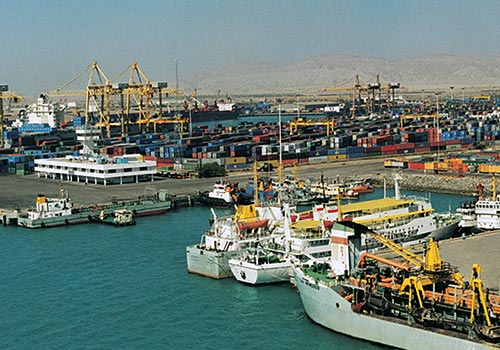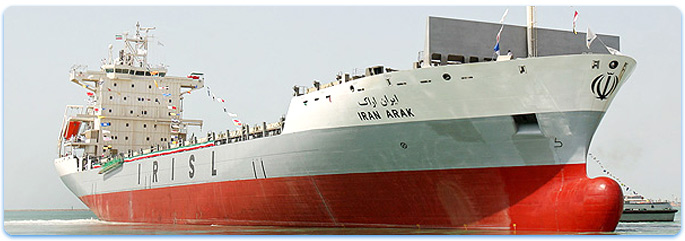صنعت کشتیرانی در ایران- سه ماهه سوم 2015
BMI Industry View
The outlook for the Iranian shipping sector is brighter than it has been in recent years, and we forecast a second consecutive year of growth at the primary container port of Bandar Abbas in 2015. The ongoing easing of sanctions - not least on the port operator itself - will boost throughput. We expect a significant easing of sanctions following a likely agreement in summer 2015. However, we note risk to our projections from the volatile price of oil in recent quarters. The general trend is that Brent crude will average considerably less than in recent years - we forecast and average of USD53 per barrel in 2015 - meaning that the economic boost from easing sanctions will be limited. Iranian consumers will continue to be under pressure, and a massive ramp up in containerised goods imports is unlikely.

That said, the removal of port operator Tidewater from sanctions in late 2014 will provide a fundamental boost to the facility as any goods which have been being shipped overland as a result of the embargo will steadily begin to return to transferring through the port.
Headline Industry Data
■ 2015 port of Bandar Abbas throughput forecast to grow by 6.7%, and average growth of 6.8% to 2019.
■ 2019 port of Bandar Abbas throughput expected to reach 2.2mn twenty-foot equivalent units (TEUs) - still insufficient to match 2011 volumes.
■ 2015 total real trade is forecast to return to contract by 0.4% as oil prices fall.
Key Industry Trends
EU Sanctions Re-imposed: In February and March 2015, sanctions against IRISL - and 40 other Iranian shipping firms including NITC - were re-imposed by the EU. These sanctions had been removed following a series of court victories by Iranian firms. The shipping firms' lawyer, Maryam Taher, criticised the move for being politically motivated, with no basis on proper evidence. 'The whole purpose of the EU sanctions is to leverage pressure on the Iranian government to come to an agreement in relation to nuclear proliferation,' she said. The EU High Court had ruled in January 2015 that sanctions against IRISL were not justified and that there was no evidence that the bodies were abetting the Iranian government's alleged nuclear weapons development programme.

Trade With India To Be Boosted By New Port: The development of the new Chabahar port in Iran is continuing apace. The facility is being constructed with an eye to increasing trade between Iran and India.
The latest development has been the announcement that India and Iran are to set up a direct shipping line between Iran's Chabahar and India's Mumbai Ports, according to the Chairman of the Iranian Chamber of Commerce Gholam Hossein Shafeyee. 'This is the best, the shortest and the most economical route for the export of Indian commodities to Central Asia, the Caucasus and Europe,' said Shafeyee.
Key Risks To Outlook
There are serious risks to all our forecasts for Iranian shipping, just as there are to our macroeconomic outlook for the country. Should the current rapprochement between Iran with the West and the US in particular continue, there is serious upside risk to our outlook as sanctions continue to be removed. The lifting of sanctions on shipping insurance, for example, has already resulted in an increase in oil exports, and the Q314 removal of sanctions against port operator Tidewater will see container volumes at Bandar Abbas grow once more. Equally, it should be noted that if negotiations stumble, the end position could be worse than it currently is if even harsher restrictions on Iranian trade are imposed. This would generate downside risk to our forecasts. The fall in the oil price at the close of 2014 also presents risk to our forecasts, as it will impede economic activity in Iran.
گزارش تحلیلی بیزینس مانیتور- صنعت کشتیرانی در ایران- سه ماهه سوم 2015

